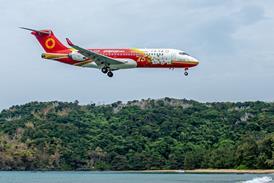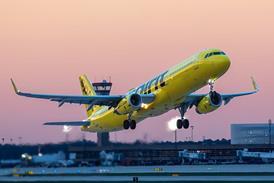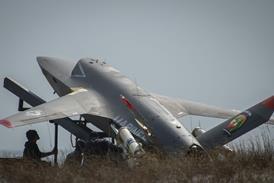| By: Enrique Cueto |
| Full screen
|  | ||
|---|---|---|---|
© Billypix |
The Latin American airline industry has undergone dramatic change over the past 25 years. Two decades ago, the region was dominated by state-owned, unprofitable airlines. Carriers operated old fleets, provided mediocre service, and had low levels of reliability.
Those carriers are no longer around. They have been replaced by privately owned, publicly traded operators, providing high levels of efficiency and service.
Latin America today is home to some of the world's most profitable airlines - efficient operators with modern fleets and high utilisation levels, providing punctuality, reliability and the highest service standards.
EMBLEMATIC OF CHANGE
LAN's transformation is emblematic of the changes in Latin American aviation. Since LAN's privatisation, the company has focused on building a business model that has been the basis of continued growth and profitability over the years, and this has sustained it through the multiple shocks that constantly affect the airline industry: economic crisis, fuel price volatility, terrorism and natural disasters, among others.
A distinctive element of LAN's business model is the integration of passenger and cargo operations, maximising aircraft utilisation by filling the belly capacity of passenger planes with cargo. This is especially relevant on long-haul routes, where cargo operations are more significant.
Another focus in the development of LAN's business model has been regional expansion. Most South American markets (with the notable exception of Brazil) are relatively small and each accounts for a negligible percentage of global air traffic.
Together with local investors, LAN expanded beyond Chile using a common corporate image under the LAN brand, allowing the company to generate the necessary economies of scale to support a successful and efficient operation. In turn, this has ensured the ability to finance significant fleet expansion and renewal in order to maintain a modern and fuel-efficient fleet.
Following the global trend, certain Latin American operators have launched low-cost carrier models in the region. Since 2007, LAN Airlines and its affiliates implemented low-cost practices in their respective domestic operations. This resulted in lower fares, which have led to a significant increase in traffic growth rates, while contributing to the development of air travel within the region.
GROWTH POTENTIAL
Today Latin America is one of the fastest growing regions in the world for air travel, with significant growth potential due to its low enplanements and growing levels of GDP per capita. This growth is further enhanced by the fact that Chile, Peru, Brazil and other countries in the region are increasingly adopting solid macro-economic policies that support continued growth and stability and thus stimulate a growing demand for air travel in the region.
The current scenario will undoubtedly continue to develop, driven by continuous change and the wave of airline consolidation that we have seen globally over the past years, including a few examples in Latin America.
However, despite the advances and significant development of the Latin American aviation industry, we still face challenges ahead. Measures can be taken throughout the region in favour of the liberalisation of regulatory controls and the continued improvement and development of airports and related infrastructure.
Joint efforts towards these common goals will ensure the continued development of the aviation industry and will support the economic development of the region as a whole.
| COVER STORY: JANUARY 2002
| FROM THE ARCHIVES "If other Latin governments don't open their markets," he warns, "in the end we are going to see more LanPerus and TACA Perus. It is impossible for so many airlines in Latin America to survive." |
Source: Airline Business
























